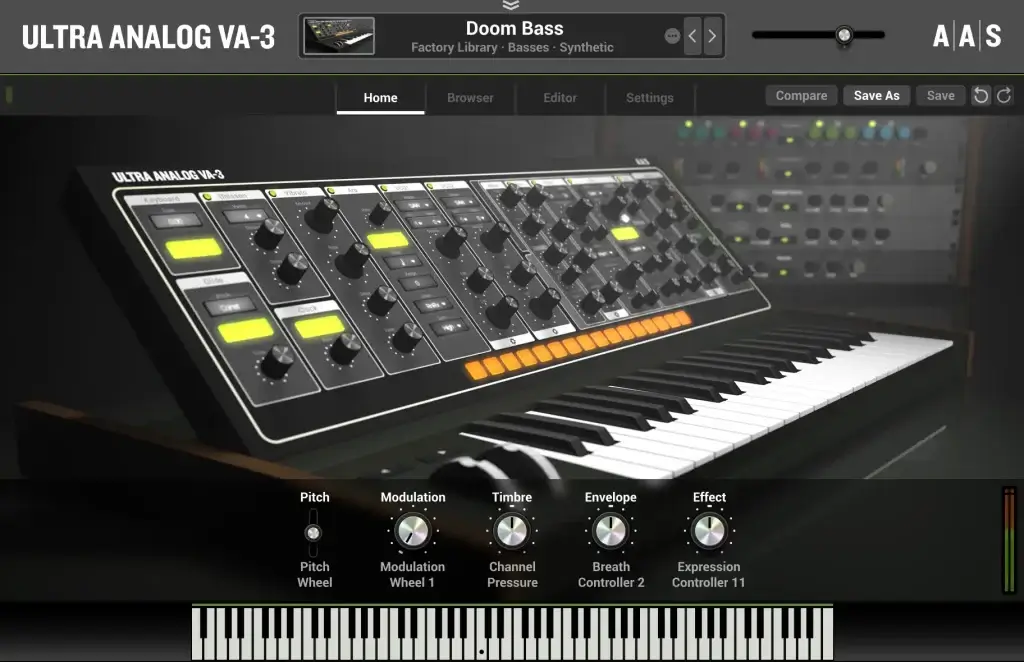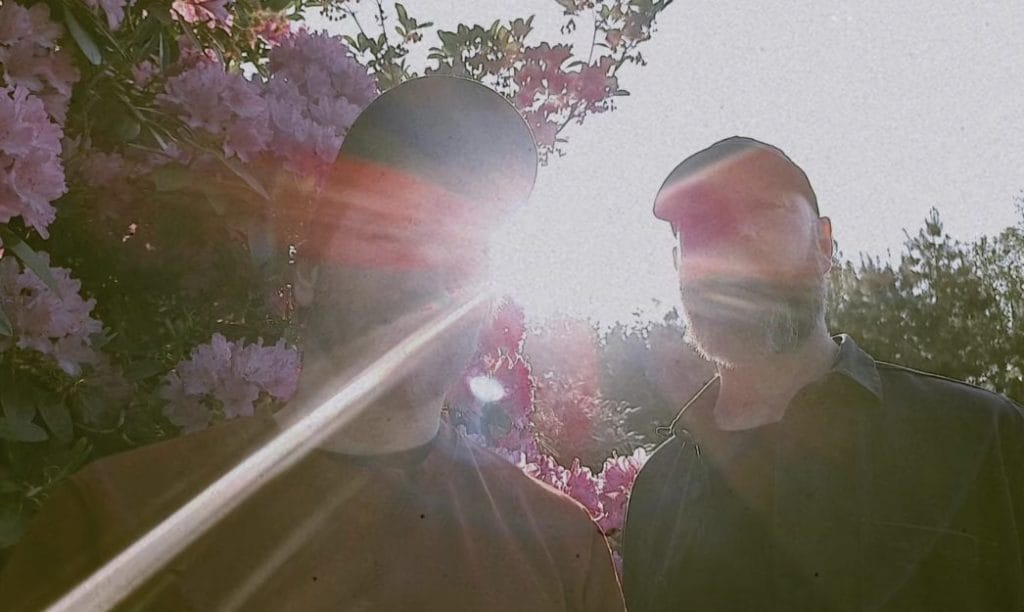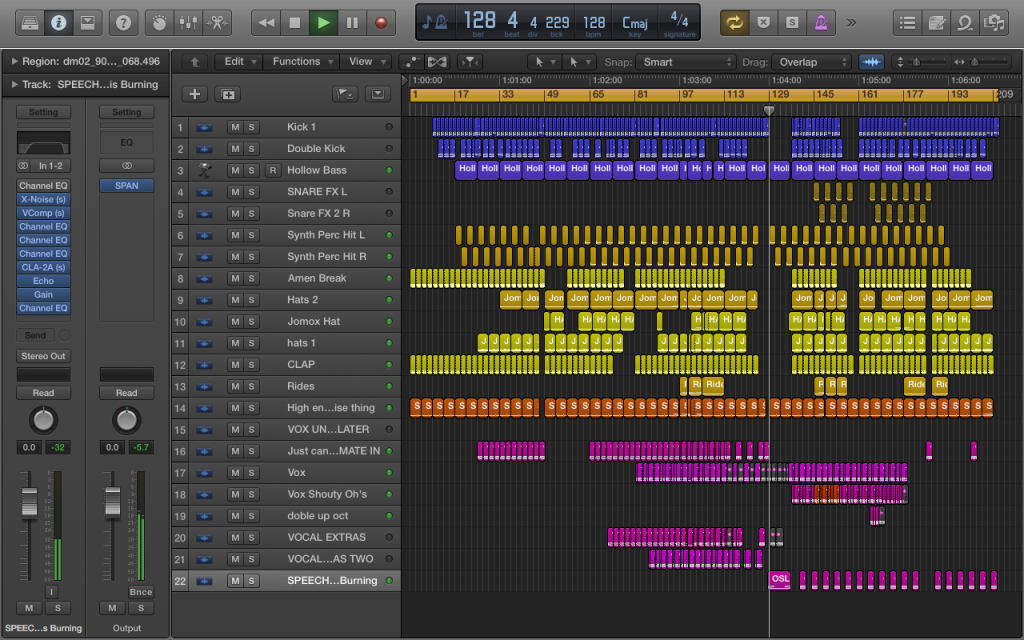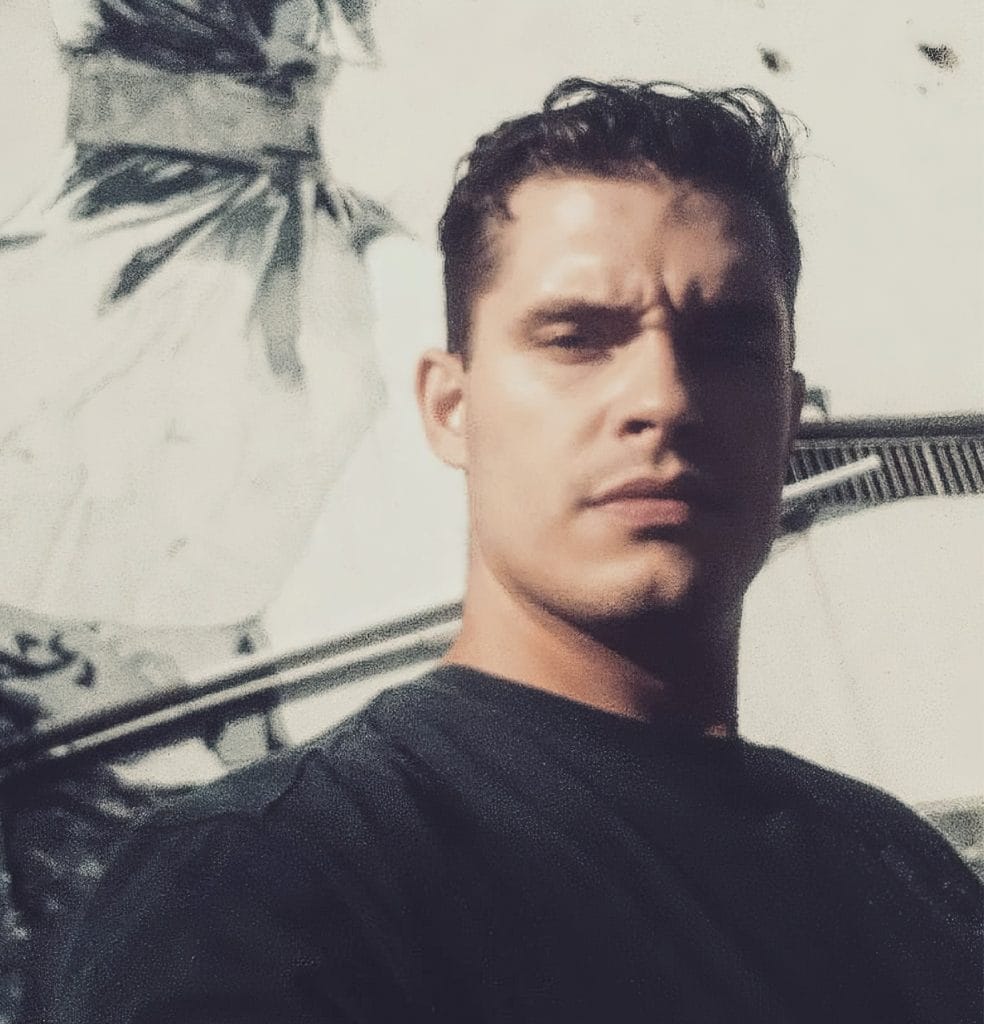Martel isn’t coming at electronic music from the usual route. A former architect, he’s built a career that zigzags through underground parties, film, and gaming, most recently scoring the dark, atmospheric world of Bleak Faith: Forsaken. That mix of disciplines shows in his sense of space and texture, but it’s his political lens that shapes his new project Zaire.
Lead single “The Ghost” sets the tone. Rather than leaning on polished Afro-house tropes, Martel works with rougher, more unsettled rhythms, weaving in percussion, synths, and fragments of field recordings that hint at histories of colonialism and extraction. It’s less about clean lines, more about revealing what’s buried underneath.
With The Ghost out this week and the EP tomorrow, we’re hyped to have Martel on the Magnetic mix series, alongside an exclusive interview with the man himself.
Dive in below.
The Ghost feels like it’s built from the ground up—raw, textured, and deliberately messy. What drew you to that kind of sound, and how did the track come together?
General fatigue from the plastic qualities of mainstream sounds and the lack of contextual intensity in contemporary house and techno. It’s easy to make a track sound hard or groovy sonically nowadays, but what weight does it carry? Is there catharsis? Or freshness? Does it mean anything? Will I want more of it? That’s the port I sailed out of.
There’s a clear rejection of polished Afro-house or packaged “world music” on Zaire. Was that a conscious stance from the start, or something that developed naturally?
House and quite a bit of techno started out as rebellious, countercultural genres, but they’re now commodified into background music for yacht parties or fashion week get-togethers. ‘The Ghost’ has in this sense been building up as a contrarian approach for quite a while.
Then there’s the aspect that a lot of that world music isn’t perfectly produced and played in treated rooms. It blends in with the sound of the surrounding nature, noise, people and is often played on used instruments or limited equipment. It may not necessarily be live, but it is alive in a way a lot of music isn’t lately.
The percussion on The Ghost has a very physical, almost hand-made quality. Were you working with live recordings, samples, or something else entirely?
It’s a mix of samples and live drums mic’d up through pedals, and then a lot of messing around. Processing, reduction, a bit of polish and detail here and there… The final intent is to give the beat an ebb-and flow, even if all the instruments are sequenced in a techno manner – to let the track breathe through its power as it grooves on.
You layer field recordings and voices in a way that feels more suggestive than direct. What’s your approach to using these kinds of fragments without turning them into spectacle?
I kind of want to tease the listener into wondering what’s behind the density of the ever-present rainfall and hypnotic tribal rhythms. The central monologue itself then serves as a moment of lucid, poetic extrospection rather than a direct lyrical delivery that can be sung along to.
You’ve moved from architecture to music, with stops in film and gaming. How does that mix of disciplines shape how you think about sound?
Architecture teaches context and space. The way one strives to envelop, relax and comfort with the arrangement of spatial forms and elements translates well to attempting the same with music. Film and games however work well as inspiration for the dream factor. I think more in terms of moods and scenes, rather than tracks and peaks.
I know that trends today are short sets and a carousel of DJs, but transformative experiences need time – and in the era of the one-second attention span, it’s actually the only way to leave a lasting effect on ravers – dynamic sets that rise and fall and open up dramatically before closing in with speed and precision.
Scoring Bleak Faith: Forsaken and making Zaire seem like very different challenges. Did anything from the game world carry over into this project?
In many ways yes and it mostly revolves around the idea of building up a whole world out of a track. With video-game music a track is supposed to give life to an entire level, and it is expected to do so for longer amounts of time than in any other medium.
With club-music, somehow we’re still stuck in this zone where a track being groovy or catchy is enough. To me, that’s a missed opportunity so I kind of like to layer details over a beat in a way where the track can conjure up an intricate image that evolves with its atmosphere and feel as it progresses.
There’s a strong political undercurrent to Zaire, but nothing feels didactic. How do you approach making music that engages with history and power without getting heavy-handed?
Even if my stances are anti-imperialist, it’s hard to get a message across by lecturing people on what central Africa has been through. The situation is quite overwhelming to tackle even from a chronological aspect, never mind the substance of it all – and I will remind that almost everything they are going through today is in one way or another, a direct effect of its colonial past.
However, my priority is to spark curiosity and enrapture the listener, whether it be a club or a home setting. Curiosity is after all one of art’s great weapons in getting the ignorant to learn and the indifferent to start caring.
You’ve clearly put a lot of thought into sound design and atmosphere. Are there any records or artists that helped shape the tone or intention behind Zaire?
There’s a few who’ve inspired me along the way, but the atmospheric side of things was sparked with records such as Sepultura’s “Roots” during my studies.
Ninos du Brasil are also great and even poetic at times, but perhaps more important than any other influence in this case is Massive Attack. They weave ideology through perfectly crafted material in a way that lingers, both on a sensory and an intellectual level.
Tell us about the mix you’ve put together for us – any specific tracks you want to highlight?
It’s a reflection of current moods and the summer heat. It opens up with Anna Papathanasiou’s ‘Didjeridoo’ before heading into Javier Salazar territory, building up a scarce, shy flow of ambiental percussion after Anna’s near-confessional sensuality. Things then blend into a few acid-infused depth charges before diving into the deep and tribal with an intense rise of speed near the end.
What’s next for Martel?
‘The Ghost’ is envisioned as part of an album, so there’s more material that I will be releasing. A sum-up? Expanding the music catalogue of course, working further on the crafts, organising more raves, pushing forward with a film called “Transfer” that I’m doing the soundtrack for, and of course – more Bleak Faith!
The Ghost is out 15 August on Evil Ideas
Mix tracklist:
Anna Papathanassiou – Didjeridoo
Javier Salazar – Unitatem
Javier Salazar – Kandahar
Massive Attack – Inertia Creeps
Hertz – Ahead
Robert S – Origens (Arjun Vagale Remix)
Hertz – Red Alert (Mix 1)
Risa Taniguchi – Emission
Adiel – Silenzio
Hertz – Flub
Hertz – Recuperated
The Southern – Memories
Arkane – Delph
The post Magnetic Mix 268: Martel appeared first on Magnetic Magazine.






